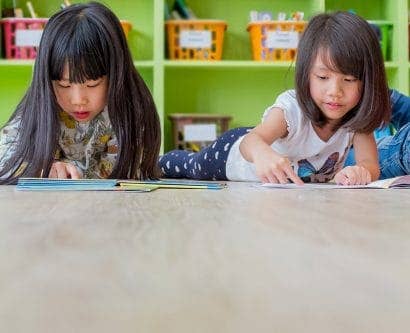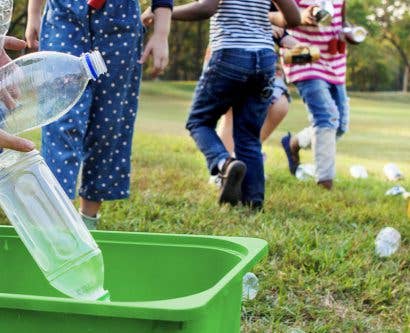School Readiness: Free Checklist
Ensuring that children are ready for school will support their learning and ensure that they have a smooth transition into school life. School readiness is a term that can sometimes be met with confusion, however it pertains to a child’s readiness to enter school and begin their educational career. Whether you are a parent whose child is about to start school or an educational provider, school readiness is an important part of preparing a child for school.
In this article we will outline what school readiness is and why it is so important. We will also discuss how to prepare children for school and provide a free school readiness checklist for you to use.
What is School Readiness?
School readiness refers to a child’s preparedness for school. It can pertain to many things such as their ability to sit still for extended periods, their ability to tie their own shoelaces or their ability to hold a pencil properly. Each aspect of school readiness is intended to reflect and support further skills that a child will need for their education. For example, if a child is starting school with the ability to sit still for 20 minutes without getting distracted, they are more likely to be able to sit through a lesson and absorb new material. Comparatively, a child that is starting school unable to recognise their own name, may struggle when learning new words and spellings.
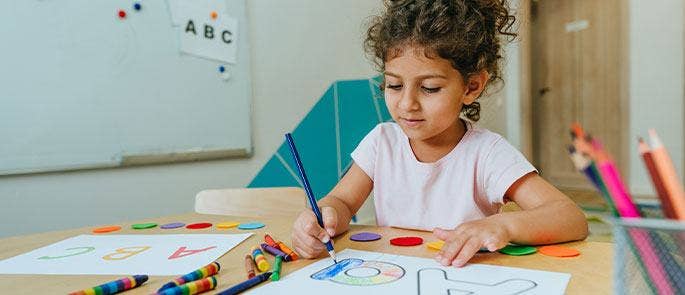
School readiness is about preparing a child for all aspects of their education and ensuring that the skills that they develop during their early years, both inside and outside of school, enable them to fully benefit from future opportunities. As the term relates to a child’s first entry into education it focuses on early years foundation stage (EYFS) and those heading into Key Stage 1 (KS1). Arguably, a child’s readiness for education is something that can be continuously supported and encouraged, however school readiness primarily relates to children between the age of 0 and 5 years old. As such, parents and/or carers also play an important role in school readiness. Whilst educational providers are fundamental in supporting a child’s education and understanding, certain skills, such as the ability to follow instructions or go to the toilet independently, can and should be developed at home.
A recent report by Kindred, a charitable foundation that works to improve early education and early child development, found that too many children are behind before they start Reception. In the report teachers stated that 36% of children struggled to play or share with other children, 34% didn’t know how to listen or respond to simple instructions and 25% were not toilet trained. Subsequently, and somewhat unsurprisingly, 49% of teachers surveyed then reported that the school readiness problem was getting worse. The report posits two key reasons for this; parents lacking a clear understanding of the importance of school readiness and the role of screen time in a child’s development.
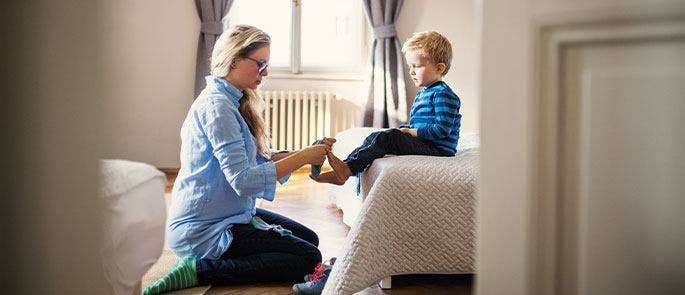
90% of the parents surveyed felt that their child was ready for school that September, however, teachers indicated that 33% of those children were in fact not school ready. Moreover, only 44% of parents felt that their child should know how to use books before starting school (in the sense of turning the pages of a picture book rather than expecting it to work in a similar way to a tablet), whilst a shocking 49% of parents felt that it was not their job to get their child ready for Reception. This is often because many parents believe that Reception is solely for preparing their child for Year 1, rather than thinking their child should already have a base level of skills and understanding before starting Reception.
Regarding screen time, 54% of teachers identified children spending too much time on electronic devices as a notable factor in them not being ready for school. The same percentage also argued that parents spending more time on their own electronic devices rather than with their children was also a key contributor.
The long-term impact of a lack of school readiness is palpable. 80% of the teachers surveyed felt that if a child was struggling in Reception due to a lack of school readiness, they were likely to still be struggling at the end of Year 1 and this would continue right through to the end of their primary school education. Moreover, the report found that on average teachers lose 2.4 hours a day supporting children to catch up as a result of limited school readiness skills. This time, which should be spent educating children, is instead spent developing basic skills that they should already have.
Why is School Readiness Important?
As mentioned above, school readiness is a foundational part of a child’s educational development as it ensures that children have the necessary skills to support their learning. School readiness plays a fundamental role in how a child will perform throughout their education as it encompasses various transferable skills that will serve children well throughout their academic career.
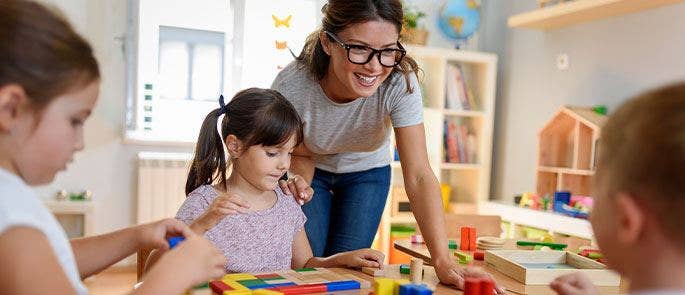
Ensuring that a child is school ready also enables resources to be better allocated. As mentioned, teachers lose an average of 2.4 hours a day supporting children in developing their school readiness. If children enter school with these skills already in place, teachers will have more time to focus on educating their pupils. School readiness ensures a base level of skills across the board which gives educational providers the freedom and time to focus on developing other key skills.
It’s important to remember that school readiness is as much about preparing a child for learning as it is about providing them with a smooth transition into the next stage of their life. Entering school can be an exciting and incredibly daunting time for children and signifies a massive change to their day-to-day routine. School readiness helps to make that transition as smooth as possible and can instil confidence in a child, reassuring them that school will be a fun place to learn new things, rather than a scary environment in which even the most basic of tasks, such as following instructions, is a daily challenge.
Want to Learn More?
Our range of CPD Courses for Teaching and Education will provide you with the knowledge to support your students whilst developing their school readiness skills. Courses such as Supporting Speech & Language and SEND in the Classroom will teach you how to support a variety of students in developing their education in the most effective and efficient way for them.
Characteristics of School Readiness
School readiness can be determined by many different factors and signs of school preparedness may vary from school to school or from parent to teacher. For example, a parent may think that their child not being able to put their coat on by themselves is not a key part of school readiness. However, a teacher may see it as an important indicator of fine-motor skills and independence. Moreover, one school may say it’s necessary for a child to be able to read and write their own name before starting school, whilst another school may only require a child to be able to recognise their name in writing.
Nevertheless, there are a base level of tasks that a child should be able to complete independently that shows their readiness for school. These tasks can vary but should demonstrate key characteristics of school readiness. These characteristics include, but are not limited to:
- Self-regulation
- Sensory processing
- Receptive language (understanding)
- Expressive language (talking)
- Articulation
- Executive functioning
- Emotional development
- Social skills
- Planning/sequencing
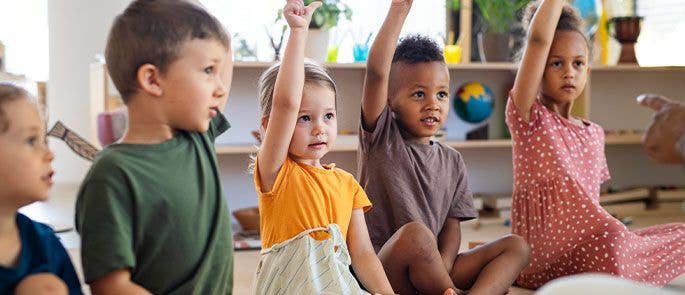
It’s important to note that whilst characteristics of school readiness are not necessarily the same as the tasks that a child should be able to complete before starting school, the two work in tandem. For example, articulation refers to a child’s ability to pronounce words and individual sounds, as well as their ability to sound out words they are unsure of. Tasks that develop this characteristic could include reading aloud at home or singing simple nursery rhymes.
How to Prepare Children for School
Taking the time to prepare a child for school can have an incredibly positive impact on their education. Not only does it ensure that they have the necessary skills to engage with their learning, as discussed above, it can also help them to frame school in a positive and exciting way. Ensuring that children are effectively prepared for school can help reduce anxiety and feeling out of depth in a new environment. Whilst it’s perfectly normal for a child to be somewhat daunted by the prospect of starting school, if you have encouraged a curiosity for learning, fostered their independence and developed certain basic skills such as being able to listen to instructions, then you have given them the best start possible.
Children are in charge of their own learning and this is something that should be established as soon as possible. However, the adults around them, such as parents and teachers, should never take a back seat and should recognise their role in guiding and facilitating a child’s education. For children with additional needs, whether it be SEND or those who speak English as an additional language (EAL), the support they receive from parents, carers or teachers, can provide them with vital school readiness skills which can help to make school more accessible for them.

Below you will find a list of activities that can help to develop a child’s readiness for school. The goal of these activities is to develop the characteristics mentioned above. Some activities may seem unrelated to the traits that need to be developed, however it’s important to remember that even the most innocuous of activities can foster the skills vital to being school ready.
Activities that can help a child to prepare for school include:
- Encouraging independent self-care – ensure that your child can use the toilet by themselves, including wiping themselves properly, pulling up their trousers/bottoms when finished, flushing the toilet and washing their hands.
- Reading together – listening to stories can help to expand a child’s attention span and their ability to retain verbal information. You can also develop their word recognition skills by pointing out simple words such as pronouns or prepositions so they begin to gain familiarity with them.
- Singing nursery rhymes – nursery rhymes help to develop a child’s articulation and memory skills. Depending on the content of the rhyme you can also help to develop other knowledge such as their number sequencing skills by singing number based rhymes.
- Drawing and painting – this can help to develop a child’s dexterity and pencil control. When children first learn how to use a pencil they tend to use their forearms to control their movements as opposed to their wrist. Activities such as drawing and painting help to develop their wrist flexibility which will support their hand writing in the future.
- Playing with other children – sharing and interacting with others will be a significant part of a child’s school experience. Getting them used to playing with others, whether it be family or friends of a similar age, gives children valuable experience in participating with others. It can also help to normalise being away from parents and/or carers for extended periods of time so that school is not the first time a child has ever gone a day without seeing their parent/carer.
School Readiness Checklist
Below you will find a free, downloadable school readiness checklist that you can use to gauge your child’s readiness for school. Not every child will be able to tick every item on the checklist and that is okay. The checklist should not be viewed as a set of commandments, but as a guide to ascertain whether a child has certain skills that can make their transition into school life as smooth as possible. If there are activities/tasks that you find your child isn’t capable of doing, it is not necessarily cause for concern and you can then focus on developing those particular skills before they begin school.
Remember, this checklist is not a diagnostic list and if you have any concerns about your child’s development you should speak to a healthcare professional.
Whilst the checklist is intended to highlight important school readiness skills, it’s important that you use the checklist at the right time. That is to say, don’t wait until the week before your child starts school for the first time to use the checklist. This is because it may highlight more skills that need to be developed than expected and this may inadvertently create feelings of pressure and stress which can negatively impact a child’s first interaction with school. Instead, utilise the checklist with ample time to work on certain skills and don’t be afraid to revisit it. For example, if your child is starting school in September, you may choose to first go through the checklist in May of the same year and then revisit it periodically throughout summer so that you can assess your child’s progress.
The checklist consists of a series of ‘I can…’ questions. This enables a child to complete the list themselves and encourages a sense of pride at all the things that they can do. Feel free to help them by reading each point aloud or providing further explanation if necessary, however encourage them to take the lead and ‘show off’ the skills that they have. We would encourage you to print off the checklist rather than filling it out on a computer or laptop to help make the activity as engaging as possible.
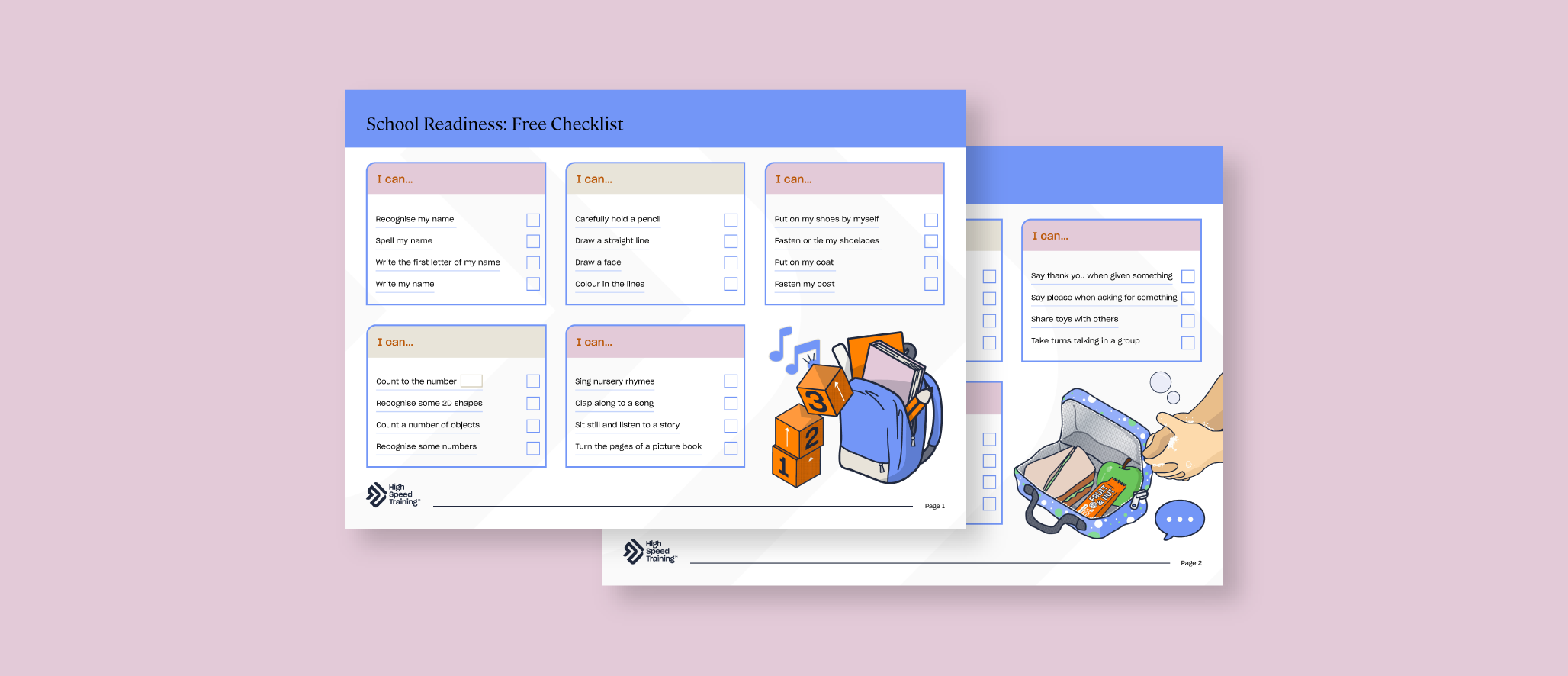
Ensuring that a child is ready for school will have an incredibly positive impact on their education. Developing key foundational skills enables them to focus on their learning and development and get the most out of their first years in formal education. Without adequate school readiness skills children are liable to struggle in school which can cause frustration and a reluctance to actively participate in their learning. Preparing a child for school can be stressful, however school readiness can be easily developed through fun simple day-to-day activities that can help to make the whole process less arduous.
Further Resources:
- Pupil Passport: Free Template
- How to Support Children Through School Transitions
- CPD Courses for Teaching and Education








